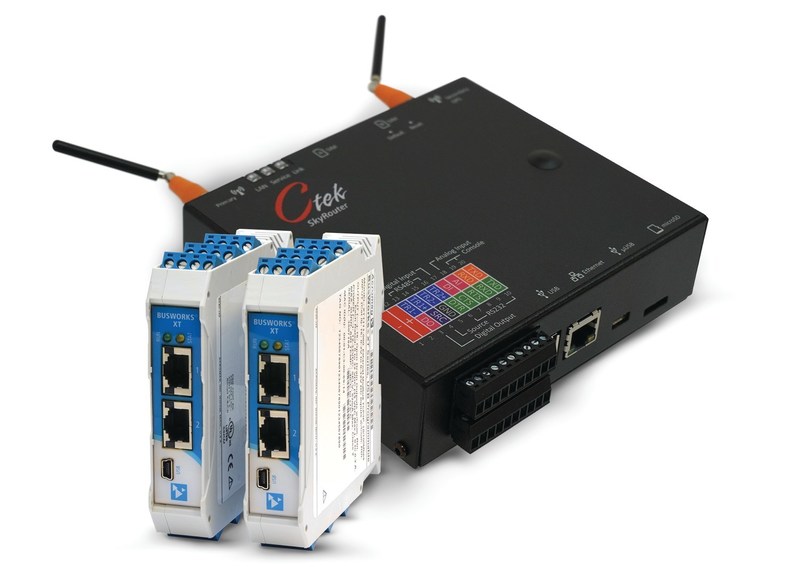The JEDEC Solid State Technology Association has published the latest version of its Universal Flash Storage (UFS) and Card Extension specifications for the latest embedded mobile and computing designs as well as automotive.
UFS 3.0 JESD220D is the first standard to introduce MIPI M-PHY HS-Gear4 with a data rate of up to 11.6 Gbps per lane, twice the performance increase over prior versions of the specification, and includes 2.5V support. It also includes two features introduced specifically for the automotive market: the ability to function at an extended temperature range and refresh operation.
UFS is a high-performance interface designed for use in applications where power consumption needs to be minimised. The high-speed serial interface and optimized protocol enable significant improvements in throughput and system performance.
Version 3.0 references the MIPI M-PHY v4.1 physical layer specification and the recently released MIPI UniProSM v1.8 transport layer specification as well as:
- 2.5V Vcc power supply enables lower power consumption and support for the latest NAND technology
- Temperature event notification, including device alert based on a pre-defined temperature range
- RPMB Regions, supporting multiple Replay Protected Memory Block (RPMB) keys with multiple associated RPMB regions. RPMB regions are fixed at manufacturing and are now also configurable at manufacturing to allow secure areas of memory.
- Device Error History: Logging mode defined for the device to enable in-system debugging
- Extended temperature range (-40C, 105C) and refresh operation with added host control mechanism to improve device data reliability in automotive designs
JESD223D is designed to use Adapt support in MIPI M-PHY v4.1 and QoS support defined in the recently released MIPI UniPro v1.8 specification to support more reliable link communication by monitoring and training the communication channel.
UFS Card Extension version 1.1 includes minor updates and editorial changes, including full support for HS-G1/G2/G3 and the addition of power definition for the card, RMS and peak.
“UFS 3.0, UFSHCI 3.0 and the UFS Card Extension update offer a host of enhancements over the prior versions of these standards that will help product designers enable significant improvements in mobile devices and related applications,” said Mian Quddus, Chairman of the JEDEC Board of Directors and the JC-64 Committee for Embedded Memory Storage and Removable Memory Cards. He added, “The addition of features specifically for the automotive market underscores the commitment of JEDEC members to continue to evolve the UFS ecosystem to meet the needs of the industry and, ultimately, the consumer.”
JESD220D, JESD223D and JESD220-2A are available for download from the JEDEC website. at www.jedec.org.
UFS Card Extension version 1.1 includes minor updates and editorial changes, including full support for HS-G1/G2/G3 and the addition of power definition for the card, RMS and peak.
“UFS 3.0, UFSHCI 3.0 and the UFS Card Extension update offer a host of enhancements over the prior versions of these standards that will help product designers enable significant improvements in mobile devices and related applications,” said Mian Quddus, Chairman of the JEDEC Board of Directors and the JC-64 Committee for Embedded Memory Storage and Removable Memory Cards. He added, “The addition of features specifically for the automotive market underscores the commitment of JEDEC members to continue to evolve the UFS ecosystem to meet the needs of the industry and, ultimately, the consumer.”
JESD220D, JESD223D and JESD220-2A are available for download from the JEDEC website. at www.jedec.org.
Related stories:

















 .
.  .
.  .
.  .
.  .
.  .
.  .
.  .
.  .
.  .
. 
 Acromag BusWorks Ethernet I/O Modules and Ctek 4G/LTE SkyRouter Controller
Acromag BusWorks Ethernet I/O Modules and Ctek 4G/LTE SkyRouter Controller .
.  .
.  .
.  .
.  .
.  .
.  .
.  .
.  .
.  .
. 
